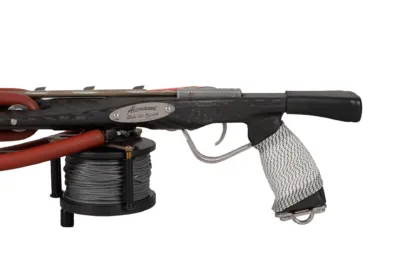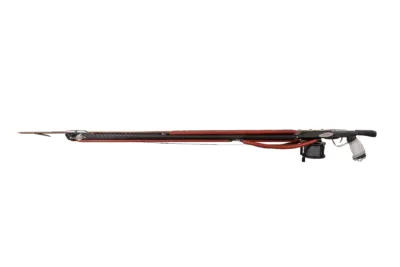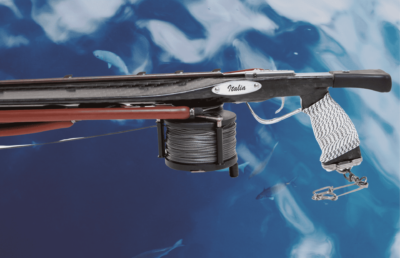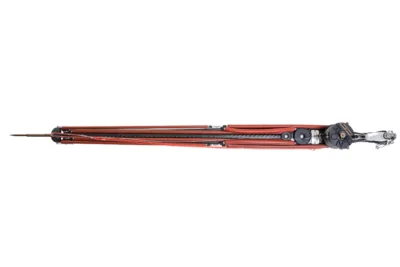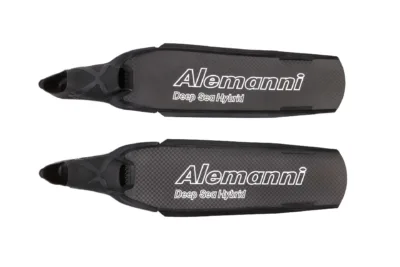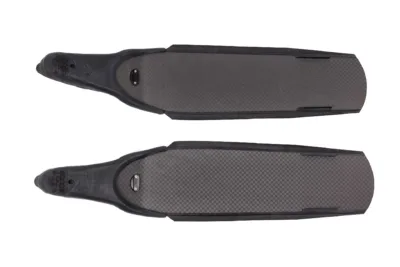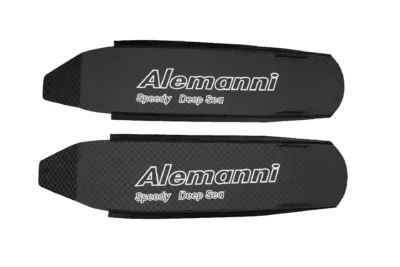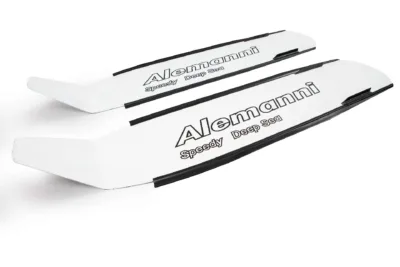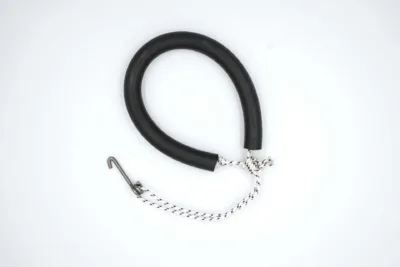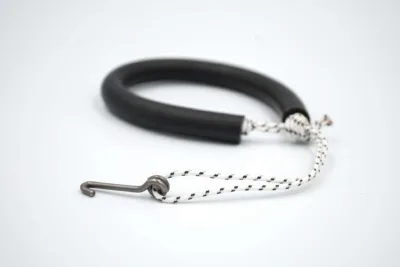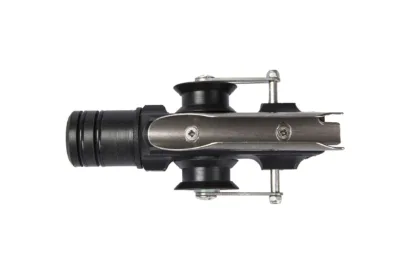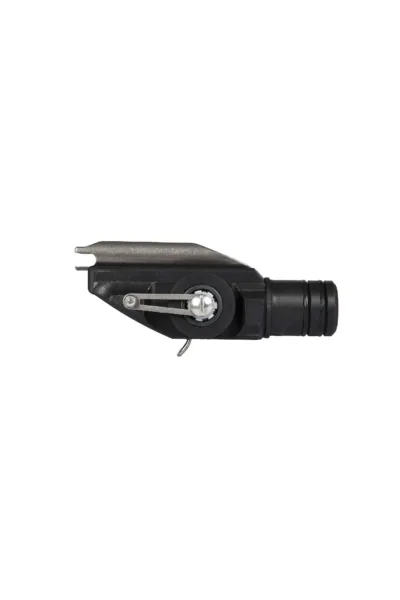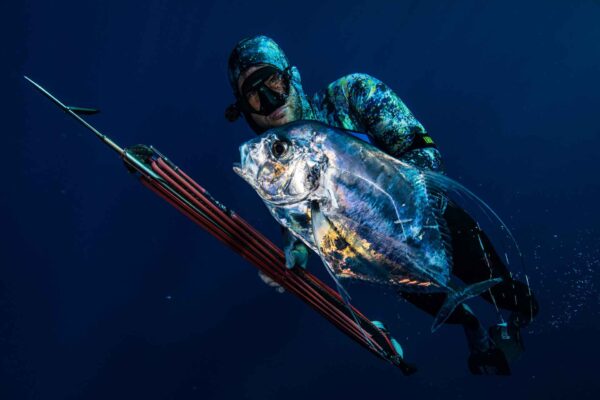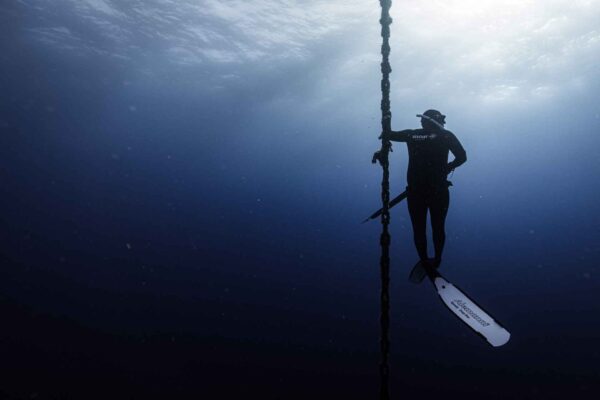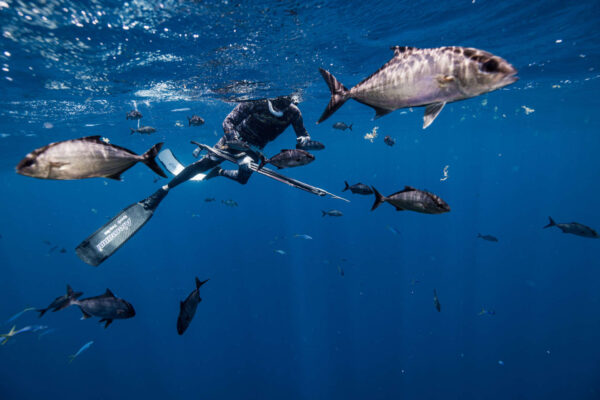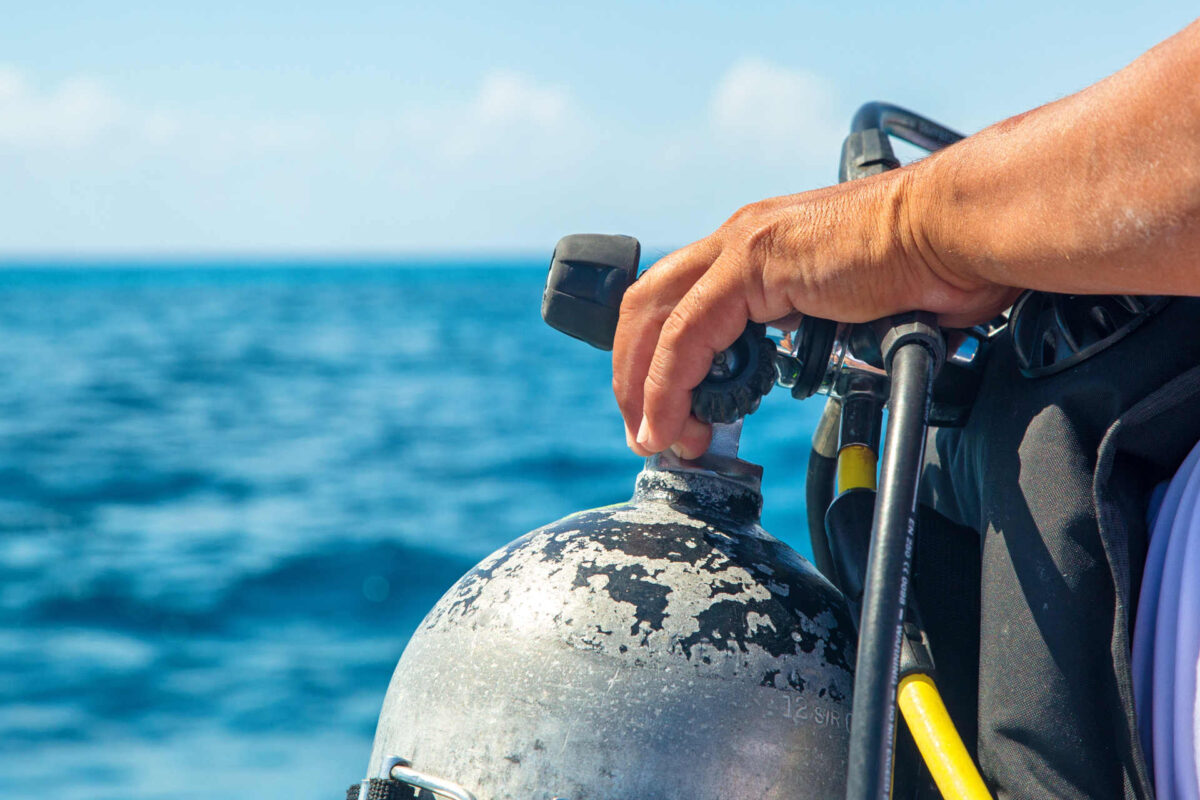Underwater fishing techniques
Pre-dive check: a lifesaver to be reckoned with
Pre-dive check: a lifesaver to be reckoned with
Always look at how we are organized: anyone with a minimum of experience with diving knows this phrase and knows how to use it to guide the memory through the fundamental steps of the pre-dive check.
Among the different procedures of safety foreseen for underwater activities, checking the functioning status of equipment and equipment is one of the most critical.
The correct opening of the taps, the absence of defects on the hoses and mouthpiece and the right supply of air during the dive are elements on which a diver's survival can depend, and this applies to beginners as well as more experienced divers.
The basic rules of the pre-dive check
Apart from the regular maintenance of all the equipment used for diving activities, the pre-dive check it can be the difference between a dream excursion and an experience to forget – or worse, extremely dangerous.
To obtain the basic license for the practice of diving it is necessary to know the safety procedures to do before going into the water, and in particular know how to act to ensure that your dive buddy's equipment is in good working order.
Il equipment cross-check it is a well-rooted habit in diving: it not only allows you to check one by one the basic elements of the equipment; but it also allows you to familiarize yourself with your partner's equipment so that you can intervene in case of emergencies.
Always look at How We Are Organized: the steps
remember the different controls to be carried out before going into the water, divers often resort to the mnemonic formula "Always Look at How We Are Organized", which includes the acronym of the fundamental checks.
The G of guard stands for GAV, and indicates the control of Variable trim jacket: in this phase, check that the BCD adheres well to the diver's body and that the straps are correctly fastened. The S of always indicates ballast system, whose extent and exact positioning must be verified.
The C of like remember to check straps and whips, while the S of we are indicates control over air supply of your partner's tank. The O of organized is going to ok: if all the checks have given a positive result, the two divers are ready to enter the water in safety.
The pre-dive check in sport fishing
La Spearfishing, whether sporting or professional, is allowed exclusively in a and "without the use of auxiliary breathing devices" (article 128 bis of Decree 1639/1968 and subsequent amendments).
Pre-dive checks in sport fishing may appear “simplified” due to the absence of complicated breathing or air recycling systems, but this does not mean that they are any less crucial.
Not surprisingly, anyone who has earned a basic patent P1 o CMAS 1 Star Diver has passed a theoretical and practical exam which also covers the procedures to be carried out before donning, the pre-dive mutual checks and the 5-point air check.
Checks before dressing
As summarized in the manual of the 1st degree AR Basic Course of the Italian Sport Fishing and Underwater Activities Federation, the checks to be carried out before dressing consist of:
- opening the cylinder taps with the purge button on the dispenser;
- test each regulator, inhaling and exhaling a sufficient number of times;
- pressure control (and possible annotation of the atmospheres of charge and the volume of the cylinder);
- test of all ways of loading and unloading the GAV;
- if a long journey is foreseen before arriving at the destination, closing the cylinder taps.
Once these steps have been performed, you can head towards the dive site.
Pre-dive mutual checks
I pre-dive checks real are divided into two distinct procedures, dedicated respectively to straps and air control.
In check in 5 points of the straps must be checked, in order:
- the mask, the edge of the mask and the snorkel;
- the GAV;
- the instruments;
- the ballast system;
- fins and knife.
We then move on to check in 5 points of the airwhich consists of checking:
- first regulator and pressure gauge: the regulators must be leak-free and the pressure gauge should register a constant pressure;
- second dispenser;
- BCD by-pass load;
- BCD by-pass drain;
- pressure relief and quick exhaust valves.
This checklist applies without great distinction to any BCD and BC, per scuba and rebreather tanks: whatever the style of the diver, whether he is a sport fisherman or an excursionist, the list of crucial checks to perform before diving is the same for everyone.
Carrying out all the mandatory checks scrupulously is not always sufficient to avoid risks and unexpected events which can occur at several meters of depth, but it is the first step necessary to ensure a safe dive for yourself and your buddy.


